Geology Reference
In-Depth Information
Fractures, faults and earthquakes
5
5
Fractures, faults and earthquakes
Fractures, faults and joints
Rock fractures are abundant and can
be seen at any rock outcrop in the
form of cracks interrupting the con-
tinuity of the rock surface. Where
there has been obvious movement
on the crack, the fracture is termed
a
fault
; where no displacement is
visible, the fracture is termed a
joint
.
Large faults usually result in zones
of weakness that are exploited by
increased erosion and are marked
topographically by gullies, river valleys
or escarpments. Figure 5.1A shows the
escarpment formed by recent move-
ment on the North Anatolian fault in
Turkey. Here the far side of the fault
has been raised. In the case of older
faults, however, a raised escarpment
will usually mark the side of the fault
occupied by the harder, or less easily
eroded, rocks and will not in general
indicate upward movement on the fault.
faults) (Figure 5.2). Those where move-
ment is oblique are termed
oblique-
slip
faults
.
Dip-slip faults are normally
inclined, with upper and lower sides.
The upper side is termed the
hanging-
wall
of the fault, and the lower side,
the
footwall
. Where the upper block,
or hangingwall, has moved downwards
on the fault plane, the structure is
termed a
normal fault
(Figures 5.1B,
C; 5.2A). Where the hangingwall has
moved upwards on the fault plane,
the structure is termed a
reverse
fault
(Figure 5.2B). Normal faults are
usually steeply inclined and are much
more common than reverse faults.
A
Describing faults
Faults are classified according to
whether the movement occurs up and
down the fault plane (
dip-slip
faults)
or along the fault plane (
strike-slip
Measuring fault displacement
The amount of displacement of dip-
slip faults is usually measured by the
vertical distance, termed the
throw
,
by which a given marker horizon has
been moved upwards or downwards
by the fault, as shown in Figure 5.3A.
The angle of inclination (
dip
) of the
fault plane should also be recorded,
since this is an important indicator of
the amount of extension or compres-
sion achieved by the fault movement.
Measurement of both the throw and
the dip will enable the horizontal
separation (known as the
heave
) to be
calculated. This information can be
important in underground surveying,
since a borehole sited in the wrong
place may either miss an important
seam or penetrate it twice (Figure 5.3B)!
Figure 5.1
Fractures and faults.
A.
The
escarpment in the middle distance is formed by
uplift of the northern side of the North Anatolian
fault, Turkey.
B.
Normal fault cutting bedded
rocks; the fault plane dips to the right and the
beds in the hangingwall are bent downwards.
C.
Normal fault cutting bedded rocks; the beds in
the hangingwall are displaced downwards; note
the fractures (small faults and joints in the thick
bed that are parallel to the main fault).
B
C





Search WWH ::

Custom Search